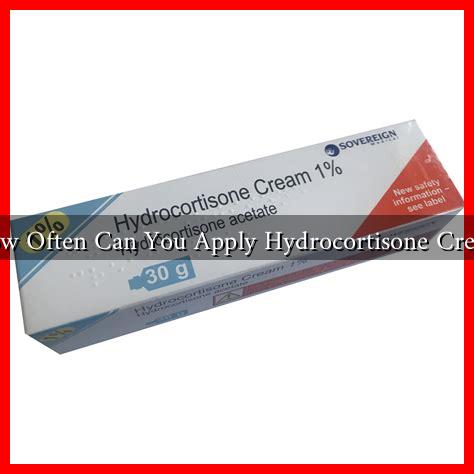-
Table of Contents
How Often Can You Apply Hydrocortisone Cream?
Hydrocortisone cream is a topical corticosteroid commonly used to relieve inflammation, redness, and itching associated with various skin conditions. While it can be highly effective, understanding how often to apply it is crucial for maximizing its benefits while minimizing potential side effects. This article will explore the appropriate usage of hydrocortisone cream, factors influencing its application frequency, and important safety considerations.
Understanding Hydrocortisone Cream
Hydrocortisone is a synthetic version of cortisol, a hormone produced by the adrenal glands. It works by suppressing the immune response and reducing inflammation. Hydrocortisone cream is available in various strengths, typically ranging from 0.5% to 2.5%, and is used to treat conditions such as:
- Allergic reactions
- Eczema
- Psoriasis
- Dermatitis
- Insect bites
How Often Should You Apply Hydrocortisone Cream?
The frequency of application largely depends on the strength of the cream and the specific condition being treated. Here are some general guidelines:
- Low Potency (0.5% – 1%): Typically applied 1-2 times daily.
- Medium Potency (1% – 2.5%): Usually applied 1-2 times daily, but may be increased to 3-4 times for severe conditions.
- High Potency (2.5% and above): Generally recommended for short-term use, applied 1-2 times daily for no more than two weeks.
It is essential to follow your healthcare provider’s instructions regarding the frequency of application, as overuse can lead to skin thinning and other side effects.
Factors Influencing Application Frequency
Several factors can influence how often hydrocortisone cream should be applied:
- Skin Condition Severity: More severe conditions may require more frequent applications.
- Location of the Affected Area: Areas with thinner skin, such as the face or groin, may require less frequent application.
- Patient Age: Children may be more susceptible to side effects and may need a different application schedule.
- Response to Treatment: If symptoms improve, the frequency of application may be reduced.
Potential Side Effects of Overuse
While hydrocortisone cream can be beneficial, overuse can lead to several side effects, including:
- Skin thinning (atrophy)
- Stretch marks (striae)
- Increased risk of skin infections
- Systemic absorption leading to adrenal suppression
According to a study published in the Journal of Dermatological Treatment, prolonged use of topical corticosteroids can lead to significant skin changes, emphasizing the importance of adhering to recommended usage guidelines.
When to Consult a Healthcare Provider
If you find that you need to use hydrocortisone cream more frequently than recommended or if your symptoms do not improve within a week, it is essential to consult a healthcare provider. They may suggest alternative treatments or adjust your current regimen to better suit your needs.
Conclusion
Hydrocortisone cream can be an effective treatment for various skin conditions when used appropriately. Understanding how often to apply it is crucial for achieving the best results while minimizing potential side effects. Always follow your healthcare provider’s recommendations and be mindful of the factors that may influence your treatment plan. By doing so, you can effectively manage your skin condition and maintain healthy skin.


